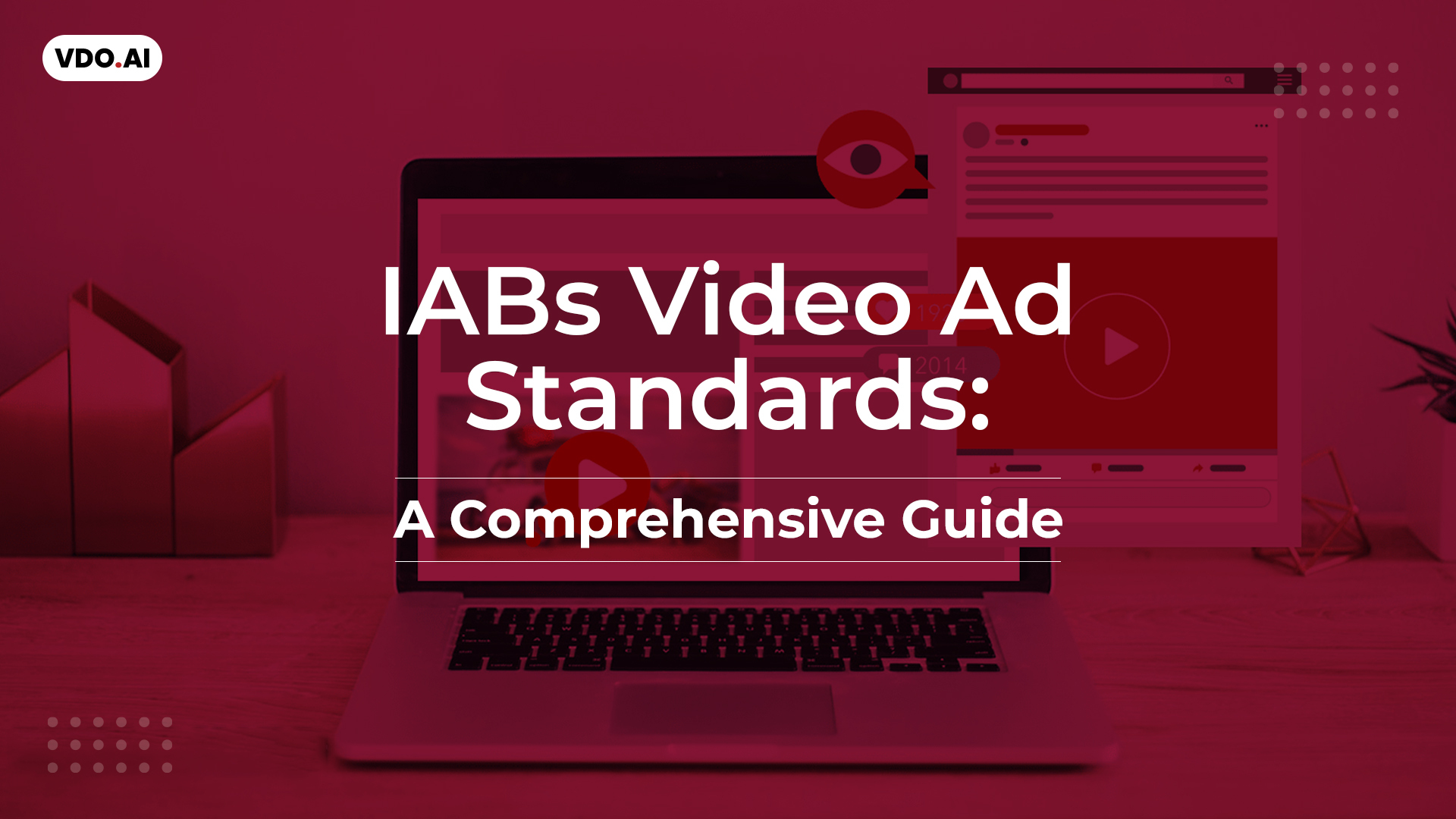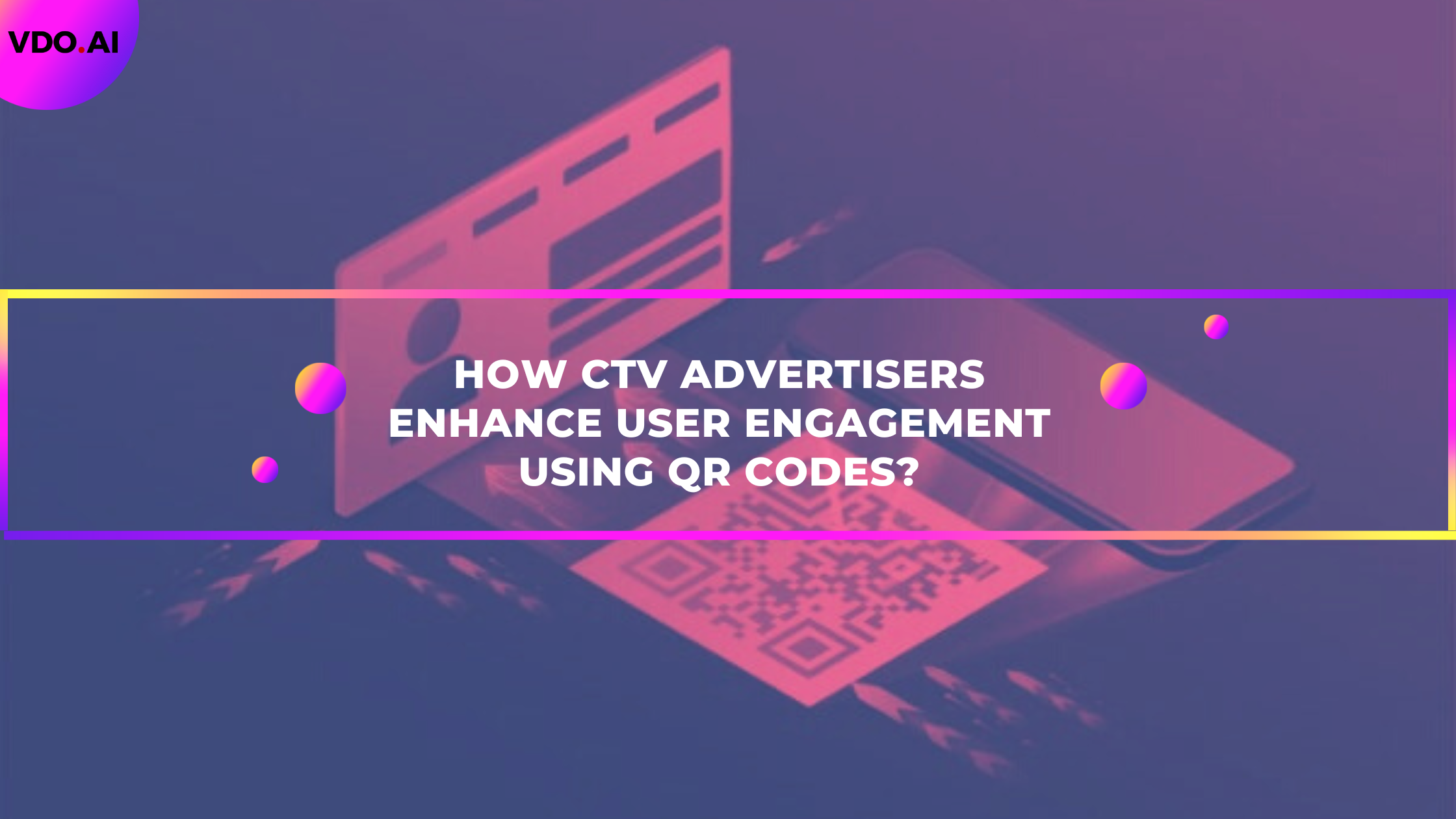Native Ads Vs Display Ads | What Should A Publisher Pick?
Reading Time: 6 minutesDisplay advertising has ruled the ad market for many years. But ever since native ads came into the picture, things have never been the same for display ads. And that initiated the whole dilemma of native ads vs. display ads. While display ads have been around for more than two decades, the term native advertising was only coined in 2011. Even so, in the past few years, native ads have put up some tough competition, unseating display ads as the leader in online advertising.
Thanks to its high efficiency, advertisers now prefer to opt for native ads over banner ads. However, some advertisers are still comfortable with display advertising and are not ready to switch. This leaves publishers in a position where they need to create ad space for both display ads as well as native ads.
But like we know, the ad tech industry is complex. So let’s tackle the situation of native ads vs. display ads.
What Are Display Ads?
Display ads, often referred to as banner ads, appear on websites in either small or large signs running across the webpage. These ads are usually placed along with the original content with the brand’s logo to get visitors’ attention. Display ads have different sizes, types, formats, and more.
The very first display ad was a banner ad for AT&T in 1994. Interestingly, it didn’t feature the logo of the advertiser. The reason being, AT&T was not completely signed off by the publication. The irony, however, lies in the fact that the first display ad actually had something in common with what would become the native ad of the future. It was neither instantly obvious who the advertiser was, nor was it visually associated with the advertiser’s brand.
Since then, the advertising methods only evolved and the industry saw a great surge in the number of publishers wanting to put ads to their platforms or websites. Advertisers adopted text, image, audio, video, along with other multimedia to make ads more impactful. Display advertising quickly became popular. For a long time, nothing could measure up to display ads, until the appearance of native advertising.

What are Native Ads?
Native ads, as the name suggests, feel and appear just like the original i.e. “native” content of the website. Users usually find native ads in the form of suggested or promoted content. And instead of standing out as an undeniable hard-selling ad, native ads tend to have an editorial look and feel, with a softer selling approach. For publishers, native ads tend to reduce banner blindness and improve the chances of getting a click.
Although native advertising is a fairly new online phenomenon, it has taken refuge in the online advertising industry. Native ads are quite engaging as well as notably befitting to mobile. They have a click-through rate of up to 0.38% on a smartphone. On the desktop, the average CTR is 0.16% – half of mobile, but still way more than display ads.
However, native ads have a possibility of backfiring. While most people look at them in a positive light, some consumers or businesses might feel tricked reading content that ultimately turns out to be an advertisement. Moreover, if your ad is not clearly “presented” as an ad, it might get flagged by the search engines as unlawful. This will result in undermining the ad’s effectiveness as well as your overall marketing plan.

Native Ads Vs. Display Ads – Effect On Audience
There is a difference between how users interact with native ads and how they interact with display ads. Site visitors see and interact with native ads the way they interact with the web content. Display ads are seen while native ads are read.
Studies reveal that visitors look at native ads 53% more than display ads. Moreover, 25% of visitors remember seeing native ads whereas, for display ads, the percentage is 20%. In fact, 32% of visitors are more likely to share a native ad as compared to 19% for display ads.
Most visitors don’t mind the ads displayed on their web pages unless they hinder their ongoing tasks. This is one of the reasons why visitors dislike pop-up ads. The misuse of display ads has resulted in a bad reputation. On the other hand, native ads have earned a good reputation because of its content loving approach. These ads spread awareness without hindering the main content.
However, native advertising is also not exactly the perfect solution. Visitors are now conscious of the fact that sponsored posts are advertisements. Hence, when some visitors click on a sponsored link assuming it to be website content, they immediately drop out when redirected to another website.
What Is The Advertisers’ Choice?
The advertisers generally work according to audience behavior. So if the audience is thinking native ads are good, advertisers will likely choose native ads over display ads. That being said, native ads are not necessarily a recommended way to spread awareness about a brand. Because the native placement of the ads takes away the brands’ aptitude. This results in the ads resembling the website content instead of a marketed product. To defeat this obstacle, advertisers should be creative while putting the content for native ads.
Besides, display advertising still holds a major portion of advertisers because most of them are satisfied with it. In addition, switching to natives from display advertising requires a lot of manpower to design, monitor, as well as run tests to get positive results.
The bottom line is, advertisers are still reckoning whether to go for native ads or display ads. However, it is clear to them that native ads bring traffic, and display ads are great for remarketing campaigns.

What Should Publishers Care About?
Displaying ads is the primary source of making money for most publishers. But they are confused about which advertising method to execute on their platform. Some publishers often make the mistake of implementing a method, just by listening to market rumors such as native ads generating more revenue. But the best way to choose an effective advertising method is by testing before implementation.
While it is true that native advertising is working for most publishers, it is not certain it will be the same for everyone.
Some of the most important metrics to test your advertising method includes – total visitors, average session duration, bounce rate, page views, etc. If a certain method is earning more visitors but increasing the bounce rate then it is not working.
Using Native Ads and Display Ads Together
For publishers, using both native and display ads can be hectic. This is because publishers are expected to spare space for both types of advertising. Moreover, getting in touch with advertisers interested in both native ads and display ads can be quite complicated.
With the explosion of programmatic native advertising, native ads are overtaking display ads. Some marketers wonder whether native will overtake and eventually make display ads obsolete. While native advertising surely offers some great benefits over the display ads, it doesn’t mean display ads are on the way out. Display ads are suited for some campaigns, while native ads make more sense for others.
Hence, in the battle of native ads vs display ads, it is too early to say that native advertising is going to consume the display ad market.
FAQs:
1. What are display ads?
Display ads are often referred to as banner ads. They appear on websites in either small or large signs running across the webpage. These ads are usually placed along with the original content with the brand’s logo to get visitors’ attention. Display ads have different sizes, types, formats, and more.
2. What are native ads?
Native ads, as the name suggests, feel and appear just like the original i.e. “native” content of the website. Users usually find native ads in the form of suggested or promoted content. And instead of standing out as an undeniable hard-selling ad, native ads tend to have an editorial look and feel, with a softer selling approach.
3. Between native ads vs. display ads, what is the advertiser’s choice?
The advertisers are still reckoning whether to go for native ads or display ads. However, it is clear to them that native ads bring traffic, and display ads are great for remarketing campaigns.
4. How can publishers choose an effective way of advertising?
Some publishers often make the mistake of implementing a method, just by listening to market rumors such as native ads generating more revenue. But the best way to choose an effective advertising method is by testing before implementation.



